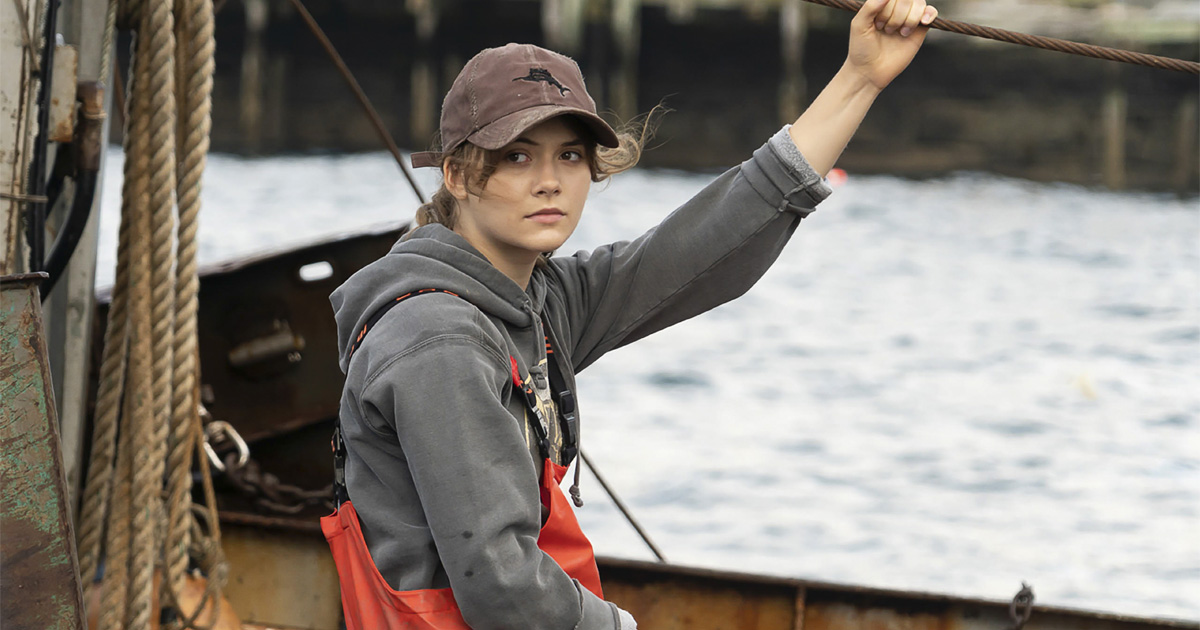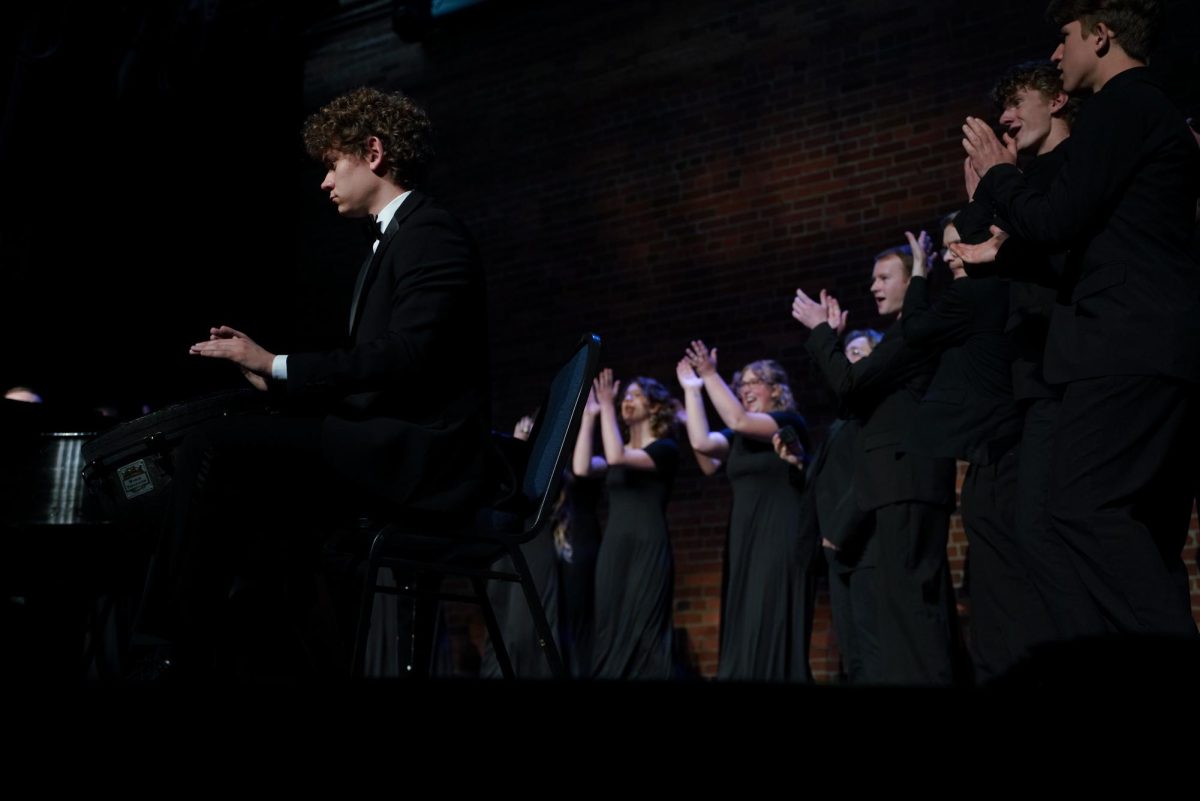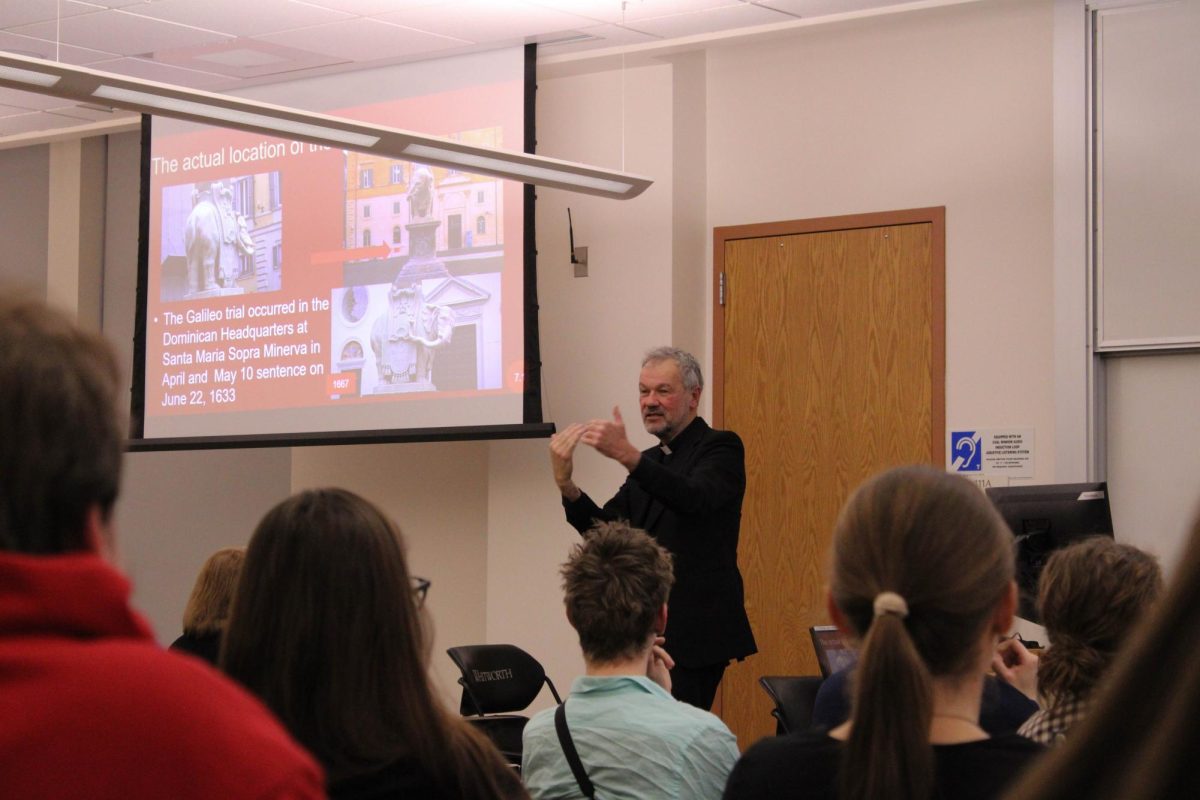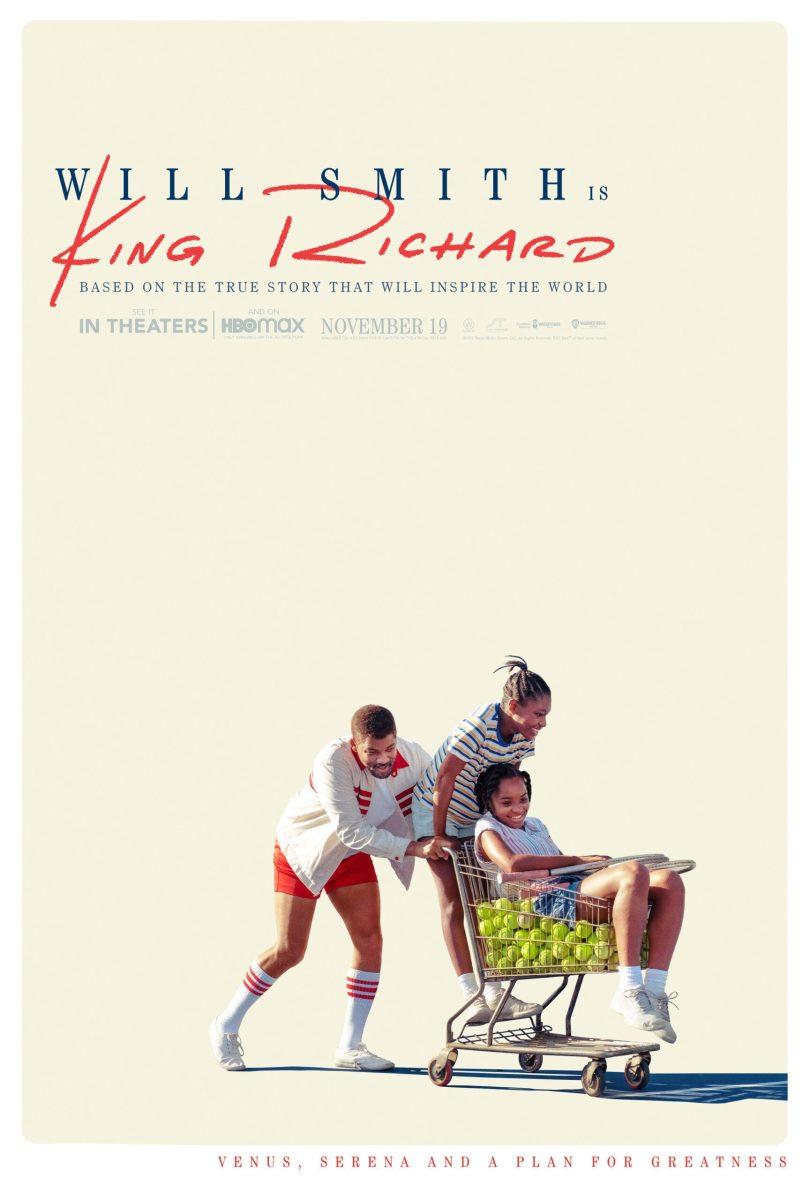
Sian Heder’s 2021 film “CODA” has been awarded BAFTA’s Best Adapted Screenplay in 2022, AFI’s Movie of the Year, BFCAA’s Critics Choice Award, PGA’s Best Film Award and four Hollywood Critics Association awards, along with many other awards given to individual actors in the film.
This coming-of-age story is based around a child of deaf adults (CODA), Ruby, who joins her school’s choir as her new elective during her senior year of high school. Her community does not have ASL interpreters or translators, so Ruby is forced to be the middleman between her family and her community, especially regarding her family’s fishing business.
This movie has been highly praised due to its representation of non-hearing people and how it portrays the struggles of children of deaf adults (CODAs) throughout the film.
While watching CODA, I was excited to see the representation of non-hearing people, ASL and CODAs. It is so encouraging and exciting to see more inclusive and diverse media out there. Throughout the film, there is a frequent use of ASL by non-hearing actors. When portraying a culture or people-group in entertainment media, it is vital to use actors who are members of said communities.
Another excellent quality of the movie is its portrayal of the plight of CODAs. Despite having their own responsibilities and life goals, CODAs oftentimes must serve as translators to assist their families. Throughout the movie, for example, Ruby must put aside her ambitions to interpret and speak for her family. This is due, in large part, to the fact that Ruby’s family is low-income and thereby isolated from the non-hearing community.
Despite bringing up important points about accessibility for the non-hearing community, I found myself asking questions like: “What did Ruby’s family do before she was born? How did their fishing business function without a hearing member aboard their boat?” The film may have benefitted from an explanation of past events to provide additional context and demonstrate the self-efficacy of non-hearing people to hearing audiences, who seem to underestimate the capabilities of people with disabilities.
Even with the missed opportunity for additional backstory and representation, I did enjoy the movie a lot and would recommend that people watch it on Apple TV+. The emotional execution in this film is phenomenal and the story is relatable to audiences, even those who are not CODAs. The movie’s main plotline is accompanied by generic problems like school bullying, teen romance, family conflict and school/ work balance.
Overall, I would give this movie a 4.5/5 pinecones for its emotionality, representation of a low-income, non-hearing family and universal message.















